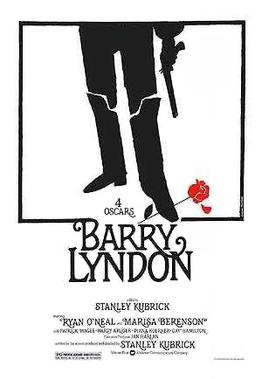Cast: Kirsten Dunst, Jason Schwartzman, Judy Davis, Rip Torn, Steve Coogan, Rose Byrne, Asia Argento, Molly Shannon, Shirley Henderson, Danny Huston, Marianne Faithfull, Jamie Dornan, Aurore Clément, Tom Hardy. Screenplay: Sofia Coppola. Cinematography: Lance Acord. Production design: K.K. Barrett. Film editing: Sarah Flack. Costume design: Milena Canonero. Music: Dustin O'Halloran.
I fear that Yorgos Lanthimos's The Favourite (2018) has spoiled the historical costume drama for me, even the ones that like Sofia Coppola's Marie Antoinette take an irreverent, somewhat tongue-in-cheek approach to the material. Lanthimos deconstructed the genre in his film, while Coppola merely mocks it behind its back, lavishing the resources of costume and setting while setting up a few cognitive dissonances by using contemporary pop music in the background. Her courtiers sometimes behave more like spoiled rich kids than like 18th-century aristocrats, which is very much to the point she's making. I just wish she'd had the nerve to take it further, the way Lanthimos did. Still, it's full of grand eye candy with its luxurious scenes set at Versailles, and Kirsten Dunst is a charming performer. It's slightly overlong, even though it crams the fall of the aristos into a scant quarter of the film, never letting us glimpse a tumbril or a guillotine but instead mostly having the news of the revolution brought to us by messengers and summed up in a final shot of Marie's ruined bedroom après le déluge.















